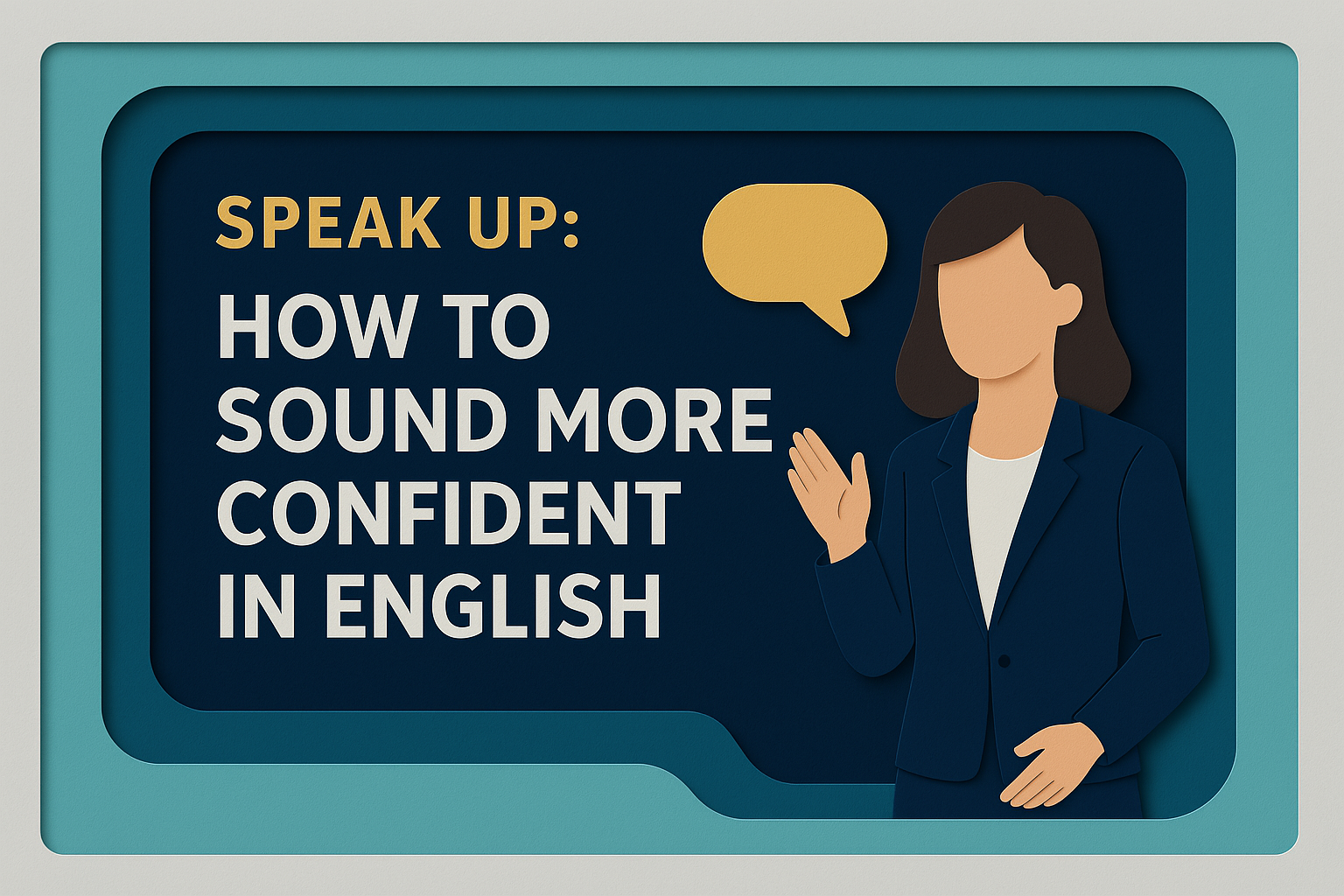Mastering the Art of Self-Introductions
레벨: 초급 • Date: April 15, 2025
혼자서 기사를 소리 내어 읽거나 튜터를 따라 각 단락을 반복해서 읽으세요. 레벨...
Why Self-Introductions Matter
Making a great first impression is one of the most important parts of professional life. Whether you’re meeting a new coworker, joining a Zoom call, or talking to a client, introducing yourself with confidence sets the tone for the conversation. And guess what? You don’t need perfect English to do it.
In fact, most introductions follow a simple formula. You just need to learn the pattern and practice it a few times. Let’s look at how you can master the art of self-introductions in just a few easy steps.
A Simple Formula for Success
Step 1: Start with Your Name
A clear, friendly greeting and your name is a great way to begin. Smile, make eye contact (if in person), and speak with a calm, steady voice. First impressions are powerful, and a warm tone helps others feel comfortable. For example, say, “Hi, I’m David Kim. It’s nice to meet you.” You can also add a polite phrase like, “Thanks for taking the time to chat,” if you’re meeting someone in a professional setting. This small touch can show respect and friendliness right away.
Step 2: Say What You Do
This could be your job title or a short description of your work. Try to make it specific and easy to understand. For example: “I work as a marketing assistant at a tech company,” or “I help manage logistics for international shipments.” If your job is more technical or specialized, you can explain it in simpler terms, like: “I develop software that helps hospitals keep patient records organized,” or “I coordinate communication between teams in our design department.” The goal is to give the listener a clear picture of what you do, without using too much technical language.
Step 3: Add a Detail
Mention something you’re working on or interested in. This adds personality and helps the listener connect with you. It can be a project, a challenge, or something you enjoy about your job. For example: “I’m currently working on a new ad campaign for the spring launch,” or “I enjoy solving supply chain problems.” You could also say something like, “I’m learning how to use data analytics to improve our customer service,” or “I really enjoy mentoring new employees in our department.” These details show enthusiasm and give others a chance to ask follow-up questions, which makes the conversation more engaging.
Step 4: Ask a Question
Finally, ask a question or invite a response. This keeps the conversation going and shows that you’re interested in the other person. Ending your introduction with a question helps turn a one-sided introduction into a two-way conversation. It can also make the other person feel more comfortable and valued. Try simple questions like: “And what do you do?” or “How about you?” You can also tailor your question based on the setting: for example, at a conference, you might ask, “What brings you to this event?” or in a team meeting, “How long have you been with the company?” These types of questions invite dialogue and create a natural flow.
Putting It All Together
Here’s a full example: “Hi, I’m David Kim. It’s great to meet you. I work as a marketing assistant at a tech company. Right now, I’m helping with our spring campaign. How about you?”
This structure works in almost any situation—at work, at conferences, in emails, and even online meetings.
Remember: keep it simple, friendly, and real. With a little practice, you’ll sound natural and confident every time.
10 Vocabulary Words
- Introduction (noun): the act of meeting someone for the first time.
“My introduction to the team was very welcoming.” - Impression (noun): the feeling or opinion people form about someone or something.
“He made a good impression during the interview.” - Coworker (noun): a person you work with.
“I had lunch with my new coworker.” - Conversation (noun): a talk between two or more people.
“We had a nice conversation after the meeting.” - Formula (noun): a method or plan for doing something.
“This formula helps me start new conversations.” - Campaign (noun): a series of actions to achieve a goal, often in marketing or politics.
“Our company launched a new ad campaign.” - Logistics (noun): the process of managing how things move or happen.
“I handle the logistics for our global shipments.” - Detail (noun): a small part of something; a piece of information.
“She included a helpful detail in her email.” - Confident (adjective): sure of yourself; believing in your abilities.
“He felt confident during his presentation.” - Response (noun): a reply or answer.
“I didn’t know how to respond to his question.”
5 Questions About the Article
- What is the first step in a self-introduction?
- Why is it helpful to add a detail about your work?
- What is the purpose of asking a question at the end of your introduction?
- Can this structure be used in online meetings?
- What should you focus on when giving a self-introduction?
5 Open-Ended Questions on the Topic
- How do you usually introduce yourself at work?
- What do you find most difficult about introductions in English?
- Can you think of a time when your introduction went really well?
- How would you change your self-introduction depending on the situation?
- What’s something personal or fun you like to include when meeting someone new?



